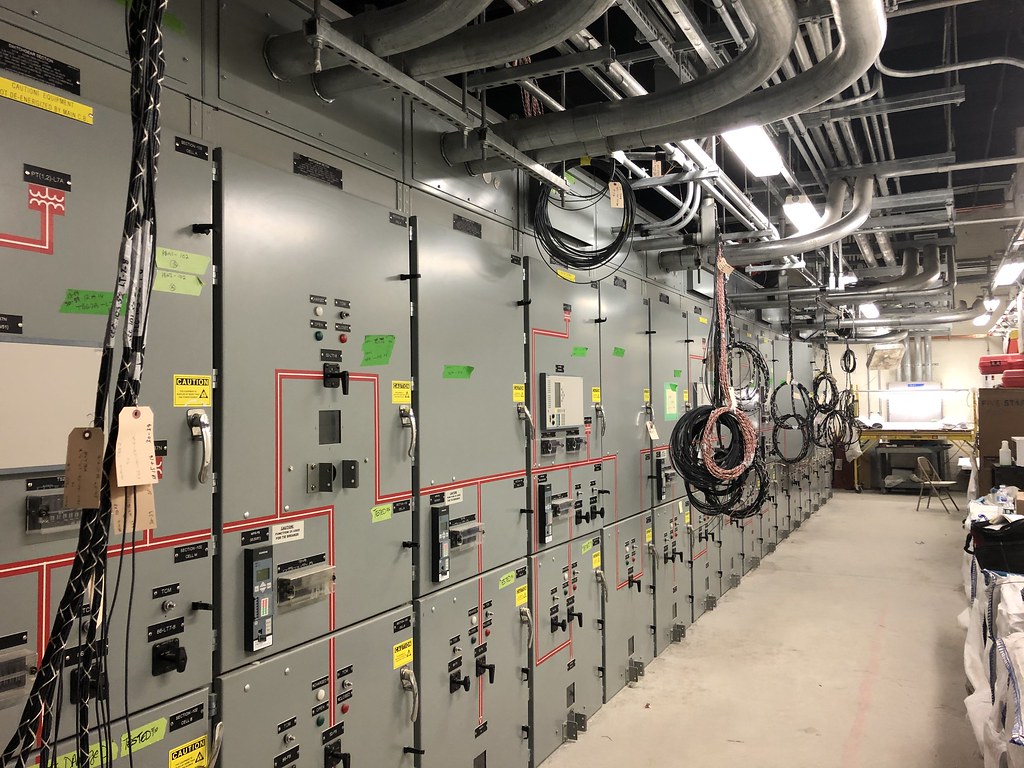Electricians play a vital role in powering our homes, businesses, and industries. However, their work comes with inherent risks, as they navigate the intricate world of electrical systems. To ensure a secure work environment, electricians must be vigilant and proactive in avoiding common electrical hazards. In this guide, we will explore essential safety tips for electricians, organized under key headings for clarity and practical implementation.
Contents
- 1. Introduction: Navigating Electrical Hazards
- 2. Understanding Electrical Systems: The Foundation of Safety
- 3. Personal Protective Equipment (PPE): The First Line of Defense
- 4. Safe Work Practices: A Culture of Caution
- 5. Minimizing Exposure: A Strategic Approach
- 6. Proper Tool Selection: The Right Tool for the Job
- 7. Safe Ladder Practices: Ascending Heights Securely
- 8. Emergency Preparedness: A Rapid Response Plan
- 9. Mental Health Awareness: Balancing Well-being
- 10. Client Communication: Fostering Trust
- 11. Continuous Learning: Staying Ahead of the Curve
- 12. Conclusion: Safety as a Professional Imperative
Electrical hazards are omnipresent in an electrician’s line of work. This section introduces the significance of awareness and caution, emphasizing the need for proactive measures to avoid common electrical risks.
2. Understanding Electrical Systems: The Foundation of Safety
Comprehensive Knowledge: A deep understanding of electrical systems is the bedrock of safety. This section highlights the importance of continuous education to stay updated on the latest advancements in electrical technology.
Staying Informed: Electricians should regularly review circuit diagrams and keep abreast of changes in electrical codes. This knowledge is crucial for anticipating potential hazards and implementing preventive measures.
3. Personal Protective Equipment (PPE): The First Line of Defense
Insulated Gloves and Tools: Investing in high-quality insulated gloves and tools is non-negotiable. This section emphasizes that these items are the frontline defense against electrical shocks, providing a crucial barrier between the electrician and live circuits.
Protective Clothing and Eyewear: Complete PPE with flame-resistant clothing and safety glasses. This not only shields against burns and arc flashes but also ensures a holistic approach to personal safety.
4. Safe Work Practices: A Culture of Caution
Never Assume De-Energization: Assuming a circuit is de-energized without verification is a common mistake. This section stresses the importance of using voltage testers to confirm de-energization before commencing any work.
Lockout/Tagout Procedures: Standard Practice: Implementing lockout/tagout procedures is standard practice. This heading explores the step-by-step process of isolating energy sources, and ensuring the safety of electricians during maintenance or repair work.
5. Minimizing Exposure: A Strategic Approach
Maintaining Safe Distances: Electricians should always maintain safe distances from live components. This section discusses the concept of touch potential and the importance of avoiding direct contact with energized surfaces.
Insulating Mats and Barriers: Utilize insulating mats and barriers to create an additional layer of protection. This measure is especially critical when working on or near electrical panels or other live equipment.
6. Proper Tool Selection: The Right Tool for the Job
Insulated Tools: Choosing the right tools for the task is pivotal. This section delves into the importance of using insulated tools, preventing unintentional conductivity and reducing the risk of electrical accidents.
Regular Tool Inspection: Regularly inspect tools for signs of wear or damage. Faulty tools can compromise safety, and immediate replacement or repair is imperative to maintain a secure working environment.
7. Safe Ladder Practices: Ascending Heights Securely
Stable Placement: Working at heights is common for electricians. This heading emphasizes the importance of stable ladder placement and avoiding the use of the top rung, contributing to a safer working environment.
Alternative Solutions: Consider alternative solutions such as scaffolds for tasks that go beyond basic ladder use. Efficient approaches to working at heights minimize downtime and enhance overall safety.
8. Emergency Preparedness: A Rapid Response Plan
Well-Defined Emergency Protocols: Preparing for emergencies is a must. This section explores the importance of having a well-defined emergency response plan, including protocols for dealing with electrical shocks, fires, and unexpected incidents.
Regular Drills: Conduct regular drills to practice and reinforce emergency response protocols. Preparedness ensures an efficient and organized response in times of crisis, minimizing the impact on workflow.
9. Mental Health Awareness: Balancing Well-being
Acknowledging Stressors: The nature of the job can take a toll on mental health. This section emphasizes the importance of recognizing stressors, such as long hours and tight deadlines, and taking steps to address them.
Encouraging Breaks: Prioritize mental health by encouraging breaks and providing resources for stress management. A healthy mindset contributes to an electrician’s overall well-being and effectiveness on the job.
10. Client Communication: Fostering Trust
Transparent Risk Communication: Transparently communicate potential risks with clients. This section emphasizes the importance of client education, fostering trust and confidence in the electrician’s commitment to safety.
Client Involvement in Safety Measures: Involve clients in safety measures, especially when working in residential or commercial spaces. Clear communication about potential hazards creates a collaborative atmosphere that enhances overall safety.
11. Continuous Learning: Staying Ahead of the Curve
Commitment to Lifelong Learning: Electricians should have a commitment to continuous learning. This section explores the benefits of staying updated on industry standards, technological advancements, and evolving safety practices.
Engagement in Professional Development: Engage in professional development opportunities, including workshops, seminars, and training programs. A well-informed electrician is better equipped to navigate potential hazards with confidence.
12. Conclusion: Safety as a Professional Imperative
In conclusion, avoiding common electrical hazards is not just a practice; it’s a professional imperative for electricians. By integrating these essential safety tips into their daily routines, electricians can create a work environment where efficiency and client safety go hand in hand. Remember, safety is not a compromise; it’s a non-negotiable element of every successful electrical job. Prioritize a safety-first approach, and let it guide you through the intricate and dynamic world of electrical work.
